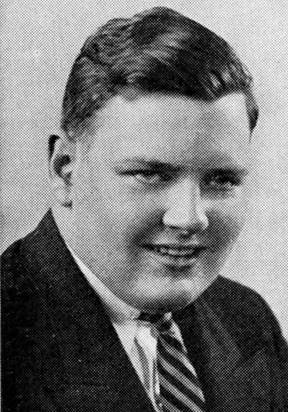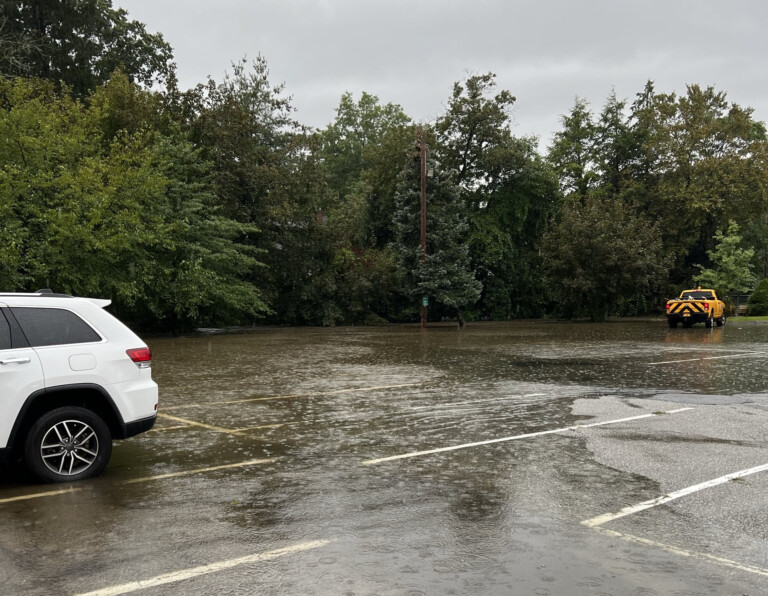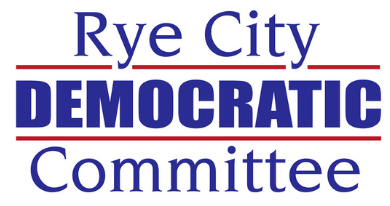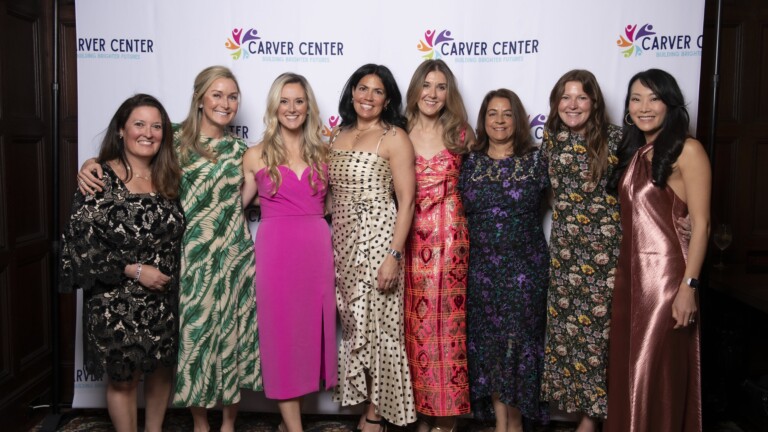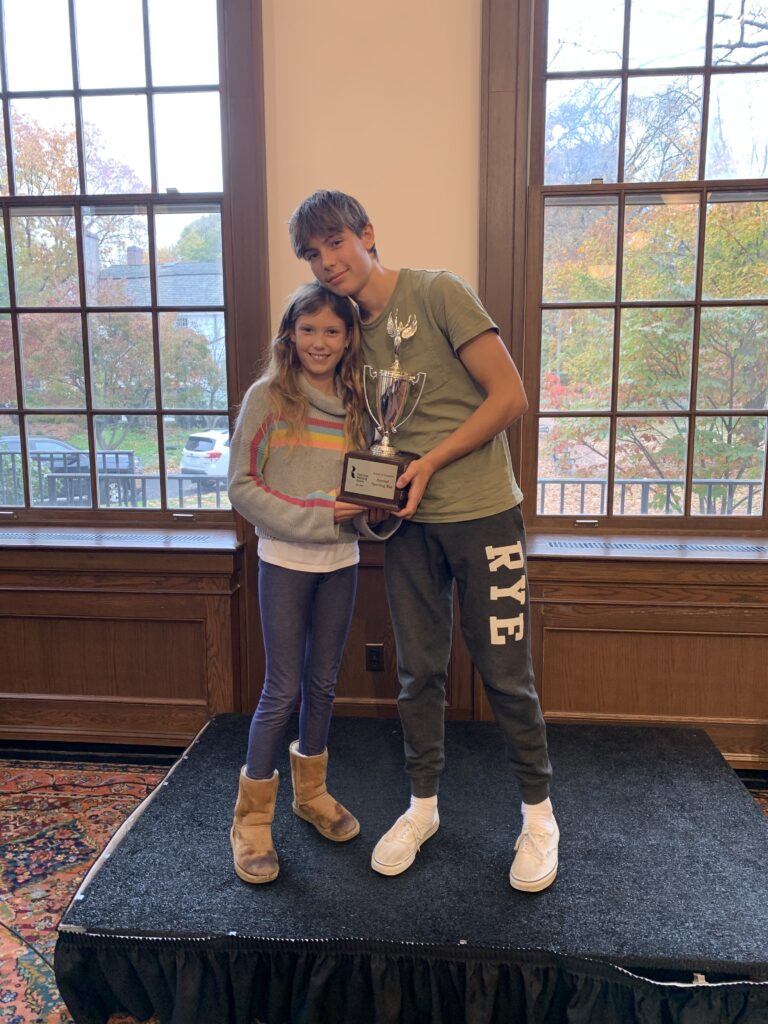Honoring Service: Fallen Veteran Charles W. Bailey Jr., World War II
Our reporting on local veterans is a collaboration with RyeVets.org to highlight those from Rye who have served our country across times of war and peace. There are over 2,100 veterans from the City of Rye. Learn more about how you can help research and write biographies of those that have served.

Charles William Bailey, Jr. was born in Rye c. 1921 to Charles Bailey Sr. and to Mary Bailey. He had a brother Walter and a sister Edith and they all lived at 508 Milton Road. His father, Charles Sr. , was a stone-brick mason who worked as part of the WPA program. His family was one of the oldest and best known in the village. He was a member of the Boy Scouts attended Rye High School and was employed in the Empire Brush Works, Port Chester, At the time of his enlistment he resided with his grandparents Mr. and Mrs. Walter E. Bailey of 47 Brookdale Place.
Date of Birth: 1921
Died On: 11/13/1942
Street Address: 508 Milton Road
Branch of Service: U.S. Navy – U. S. S. Juneau
Charles Jr. enlisted in the U.S. Navy on January 16, 1942. He achieved the rank of Seaman First Class and was first received on board of the Light Cruiser, U.S.S. Juneau on February 14, 1942. The ships first major action was the Battle of the Santa Cruz Islands on 26 October as part of Task Force 61 which included the U. S. carriers Hornet and Enterprise. Early on the morning of 26 October, U. S. carrier planes uncovered the enemy force and immediately attacked it, damaging two Japanese carriers. Shortly after 27 enemy aircraft attacked Hornet.
Though Juneau and other screen ships shot down about 20 of the attackers, Hornet was badly damaged and sank the next day. The damaging of two Japanese carriers sharply curtailed the air cover available to the enemy in the subsequent Naval Battle of Guadalcanal
On 8 November, Juneau departed New Caledonia to escort reinforcements to Guadalcanal. Unloading proceeded unmolested until 1405, when 30 Japanese planes attacked the alerted United States group. The AA fire was effective, and Juneau alone accounted for six enemy torpedo bombers shot down. On 12 November, an American attack group of cruisers and destroyers cleared Guadalcanal on reports that a Japanese force consisting of two battleships, one light cruiser, and nine destroyers were headed for the island. The Juneau stayed behind with a relatively small Landing Support Group to engage the enemy.
The Naval Battle of Guadalcanal was effected by bad weather and confused communications. The battle occurred in near pitch darkness and at almost point-blank range as the ships of the two sides became intermingled.
At 1 a. m. on November 13, 1942 the U. S. S. Juneau was struck by a torpedo. While retreating for repair of the damages incurred the ship was struck by another torpedo at 11 a. m., broke into two and sank within 20 seconds. Wrongly assuming from the massive explosion that there were no survivors, Cruisers Helena and San Francisco departed the area without attempting to rescue any survivors. In fact, more than 100 sailors had survived the sinking of Juneau. They were left to fend for themselves in the open ocean for eight days before rescue aircraft belatedly arrived. While awaiting rescue, all but 10 died from the elements and shark attacks, including the five Sullivan brothers.
Charles William Bailey, Jr. was aboard the U. S. S. Juneau during this epic and tragic sea battle, where on his ship six hundred and eighty-seven sailors died and only ten survived.

